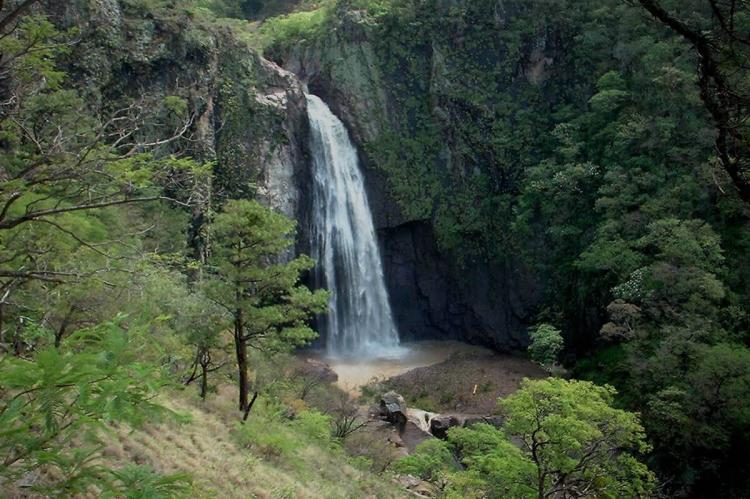San Marcos de Colón Biosphere Reserve: Where Nature and Culture Converge
Nestled in the Honduran department of Choluteca, the San Marcos de Colón Biosphere Reserve emerges as a captivating expanse that seamlessly blends ecological diversity with cultural richness. Unique climatic conditions create a temperate environment, fostering a mosaic of ecosystems.
San Marcos de Colón Biosphere Reserve
Where Nature and Culture Converge
Nestled in the Honduran department of Choluteca, just 12 kilometers (7 miles) from the Nicaraguan border, the San Marcos de Colón Biosphere Reserve emerges as a captivating expanse that seamlessly blends ecological diversity with cultural richness. Spanning altitudes between 500 and 1700 meters (1,600 and 5,600 feet), this reserve covers a vast surface area of 57,810 hectares (142,851 acres), comprising core, buffer, and transition zones. The unique climatic conditions, influenced by a history of agricultural deforestation and higher altitudes, create a temperate environment, fostering a mosaic of ecosystems.
Biodiversity Unveiled
Within the reserve's boundaries, a rich convergence of biological diversity unfolds. The region is home to several endemic fauna species, navigating through a landscape that includes the northern tamandua, white-tailed deer, and the elusive white-faced monkey. Bird enthusiasts can marvel at 129 families of avian wonders, where the endangered highland guan and the Red-tailed hawk find refuge. Herpetofauna enthusiasts will encounter diverse reptilian residents, contributing to the reserve's ecological richness.
Floral Wonders and Conservation Challenges
The San Marcos de Colón Biosphere Reserve showcases a diverse flora, with Guayacan trees (Guayacum Santum) recognized as under serious threat by the Union for the Conservation of Nature (IUCN). Amidst the verdant expanse, endemic plant species contribute to the reserve's ecological significance. As the reserve strives to preserve its unique biodiversity, conservation efforts are imperative to safeguard the delicate balance between flora and fauna.
Vibrant Communities and Cultural Heritage
Beyond its ecological wonders, the reserve is home to 18 villages, where over 26,000 inhabitants cultivate a harmonious coexistence with nature. Embracing a temperate climate, the communities engage in diverse agricultural activities, including horticulture, fruit and coffee production, and cattle rearing. The region's cultural richness is evident in its saddlery products, grains, dairy production, and the vibrant processing of local agricultural produce. Visitors have the opportunity to immerse themselves in the traditions of these communities, gaining insights into the sustainable practices that have shaped the reserve's cultural and biological landscape.
A Symphony of Agriculture and Nature
The agricultural heartbeat of the reserve resonates through the growth of ornamental plants, dairy production, and the cultivation of vegetables and maize-derived products. As the region pulsates with life, the symbiotic relationship between agriculture and nature becomes evident, offering a unique perspective on sustainable coexistence.
Preserving a Legacy
As the San Marcos de Colón Biosphere Reserve weaves together its ecological and cultural mosaic, it stands as a beacon of conservation. With numerous endemic species and unique climatic conditions, the reserve exemplifies the delicate balance required to coexist diverse ecosystems and vibrant communities. As visitors traverse its trails, engage with local traditions, and witness the conservation efforts, they become not just spectators but active participants in preserving the legacy of this extraordinary Honduran sanctuary.
